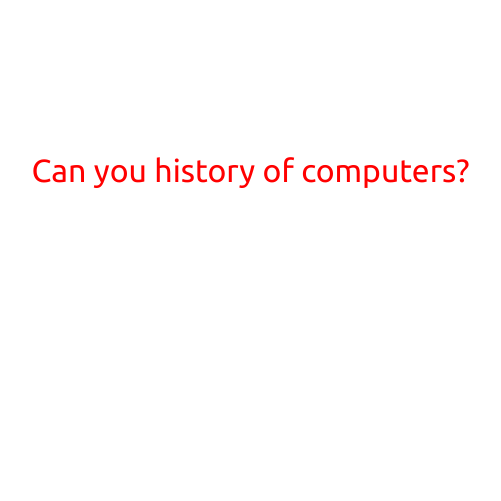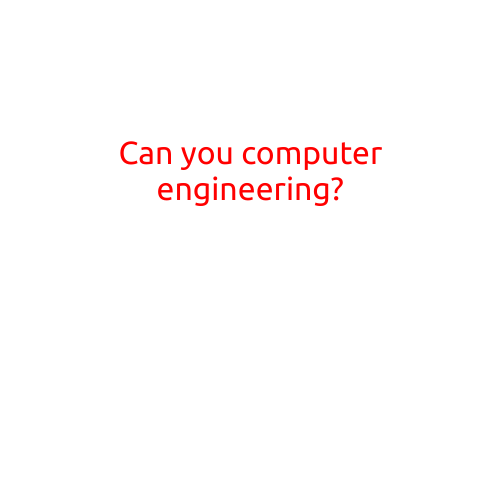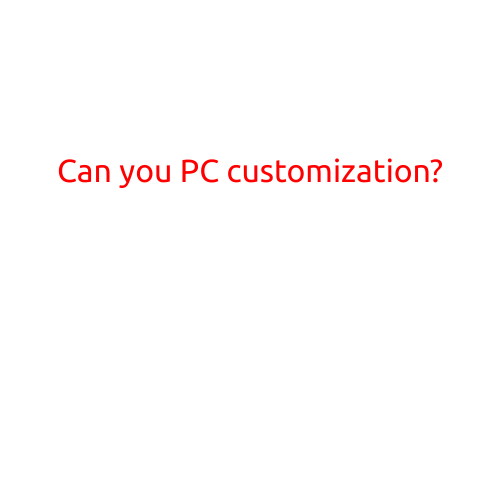
The History of Computers: From Pascaline to AI-Powered Machines
Computing has come a long way since the invention of the first mechanical calculator in the 17th century. From humble beginnings to the sophisticated machines we use today, the history of computers is a fascinating story of innovation, competition, and technological breakthroughs. In this article, we’ll take you on a journey through the evolution of computers, from Pascaline to AI-powered machines.
The Early Years (1642-1822)
The first mechanical calculator, the Pascaline, was invented by Blaise Pascal in 1642. This hand-cranked device could perform basic arithmetic operations like addition and subtraction. Over the next century, improvements were made to mechanical calculators, including the invention of the Monroe calculator in 1822, which could perform multiplication and division.
The Age of Electromechanical Computers (1822-1946)
The first electromechanical computer, the Difference Engine, was designed by Charles Babbage in the 1820s. Unfortunately, it was never built during his lifetime. However, in the 1940s, the Electronic Numerical Integrator and Computer (ENIAC) was developed, marking the beginning of the electronic computer era. ENIAC was a massive machine that used vacuum tubes and took up an entire room.
The Development of Programmed Computers (1946-1959)
In 1946, the first programmable computer, the Electronic Delay Storage Automatic Calculator (EDSAC), was developed. This marked a significant shift in computing, allowing machines to be programmed with specific tasks. The development of programming languages like COBOL and FORTRAN in the 1950s further accelerated the growth of programmed computers.
The Microprocessor Revolution (1971-1985)
The invention of the microprocessor in 1971 revolutionized computing. The Intel 4004, the world’s first microprocessor, was a single chip that contained all the components needed to run a computer. This led to the development of personal computers, like the Apple II and IBM PC, which became affordable and accessible to the general public.
The Age of the Internet and the World Wide Web (1985-Present)
The invention of the Internet in the 1980s and the World Wide Web in 1990 by Tim Berners-Lee transformed the way we communicate, access information, and work. The widespread adoption of broadband Internet, mobile devices, and cloud computing has enabled us to access vast amounts of information, collaborate with others, and perform complex tasks remotely.
The AI-Powered Computers of Today and Tomorrow
Today, computers are an integral part of our daily lives. We use them to manage our personal and professional lives, stay connected with others, and access information on demand. The development of artificial intelligence (AI) and machine learning (ML) algorithms has enabled computers to learn from data, recognize patterns, and make decisions autonomously.
In the future, we can expect computers to become even more pervasive, intelligent, and integrated into our daily lives. The development of edge AI, quantum computing, and neuromorphic computing will further accelerate the growth of AI-powered machines.
Conclusion
The history of computers is a testament to human ingenuity, creativity, and perseverance. From humble beginnings to the sophisticated machines we use today, the evolution of computers has transformed the way we live, work, and communicate. As we look to the future, it’s exciting to think about what new innovations and advancements will shape the next chapter in the history of computers.





